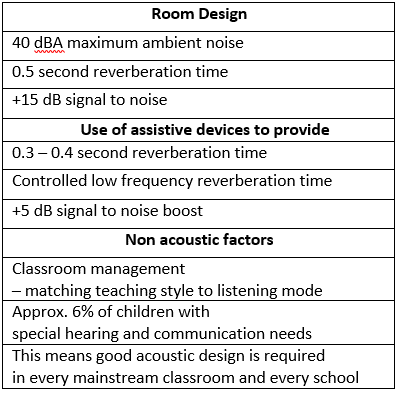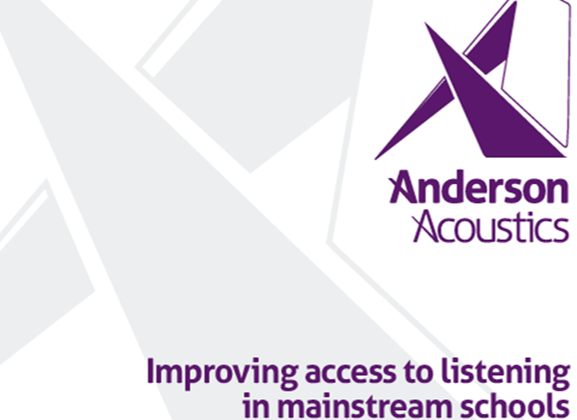
Improving Access to Listening in Mainstream Schools
There is now a student with special hearing or communication needs (SHCN) for every classroom in the UK. With more than 70% of lessons given vocally by our teachers, the opportunity to hear clearly and understand (even with cochlear implants) is one of the most important activities within a school. If the acoustic environment is poor, pupils struggle to understand and retain information, which in turn, adversely affects well-being, attainment and future prospects.
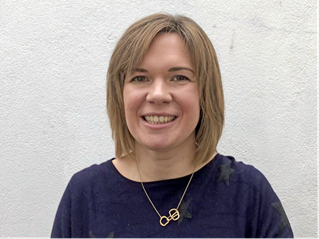
The author, Emma Greenland, explains:
“The whitepaper is a non-technical summary of two conference papers from 2019, following research work I carried out as Education Sector Lead at Anderson Acoustics.”
“I felt that more research was necessary as the industry has established ideal enhanced acoustic performance standards for dedicated teaching spaces for students with special hearing and communication needs, and yet against the backdrop of austerity there is limited budget to achieve these ideal performance standards in mainstream classrooms (where a number of SEN children may spend the majority of their time).”
“Being a governor at my local mainstream primary school, I am all too aware of the constraints of the school budget, the lack of dedicated teaching space for SEN children in many schools and now the limited budget for providing teaching assistants who can take children out of the classroom to learn in small groups. In order for children to be educated and truly included in mainstream settings, it is essential to look at the mainstream classroom as an inclusive space which accommodates the anticipated needs of all children.”
“It is also important to take a reasonable adjustments approach which looks holistically at not only the specific acoustic performance for different types of special education need, but also the likely number of children with each different type of need, and classroom organisation and management, in addition to available assistive listening technology.”
“I carried out a full review of the literature and seminal research studies on children’s speech perception and teacher voice level and established the inherent listening gap for different types of special educational need, and the additional listening gap that can be caused by sub-standard acoustic conditions. I also looked at the national statistics for SEN children learning in the mainstream classrooms.”
Listening is one of the most important activities within a school. If the acoustic environment is poor, pupils struggle to understand and retain information.
Experienced teachers understand the significance of this…..
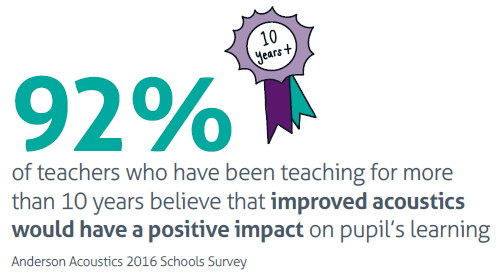
The whitepaper looks into the acoustic requirements in relation to the Equality Act in the UK. It looks into when BB93 the acoustic performance standard applies. It sets out just how many children are affected and highlights the significant attainment gap.
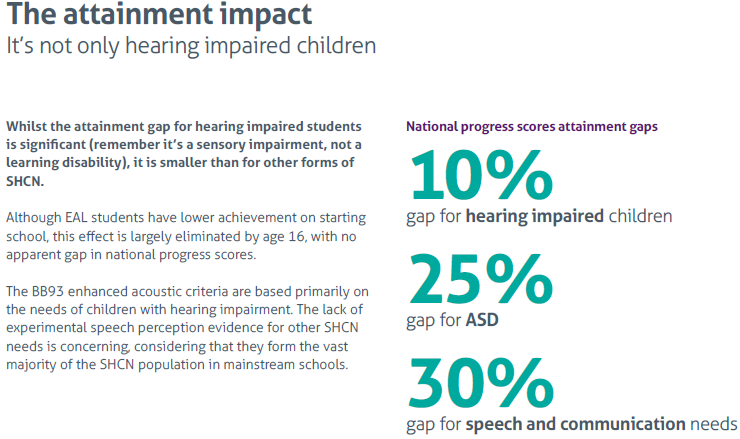
The attainment impact not only affects hearing impaired children
This is an increasing challenge of our time however the paper makes clear recommendations around how to address these issues and what an A+ Grade acoustic standard should look like which is outlined below:
